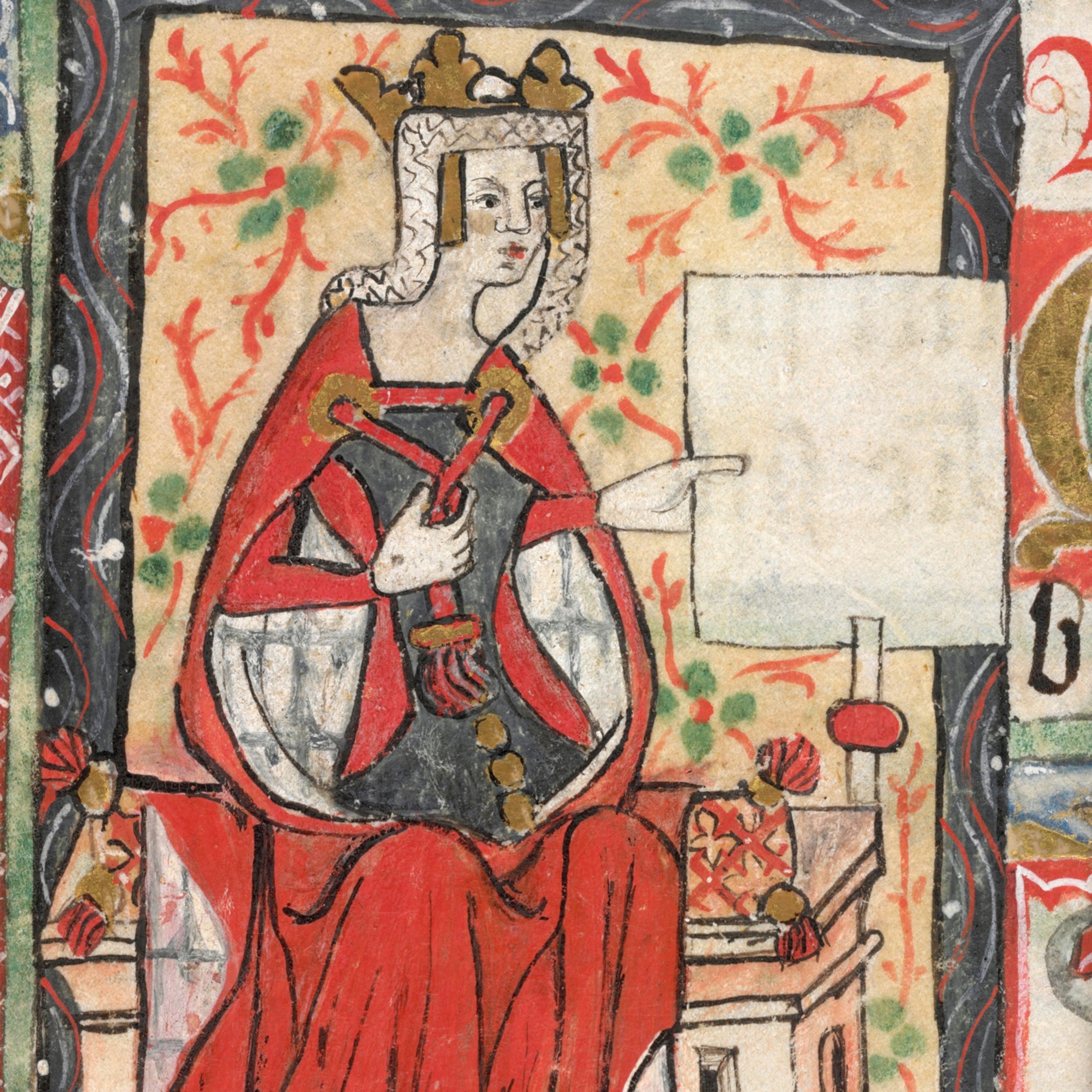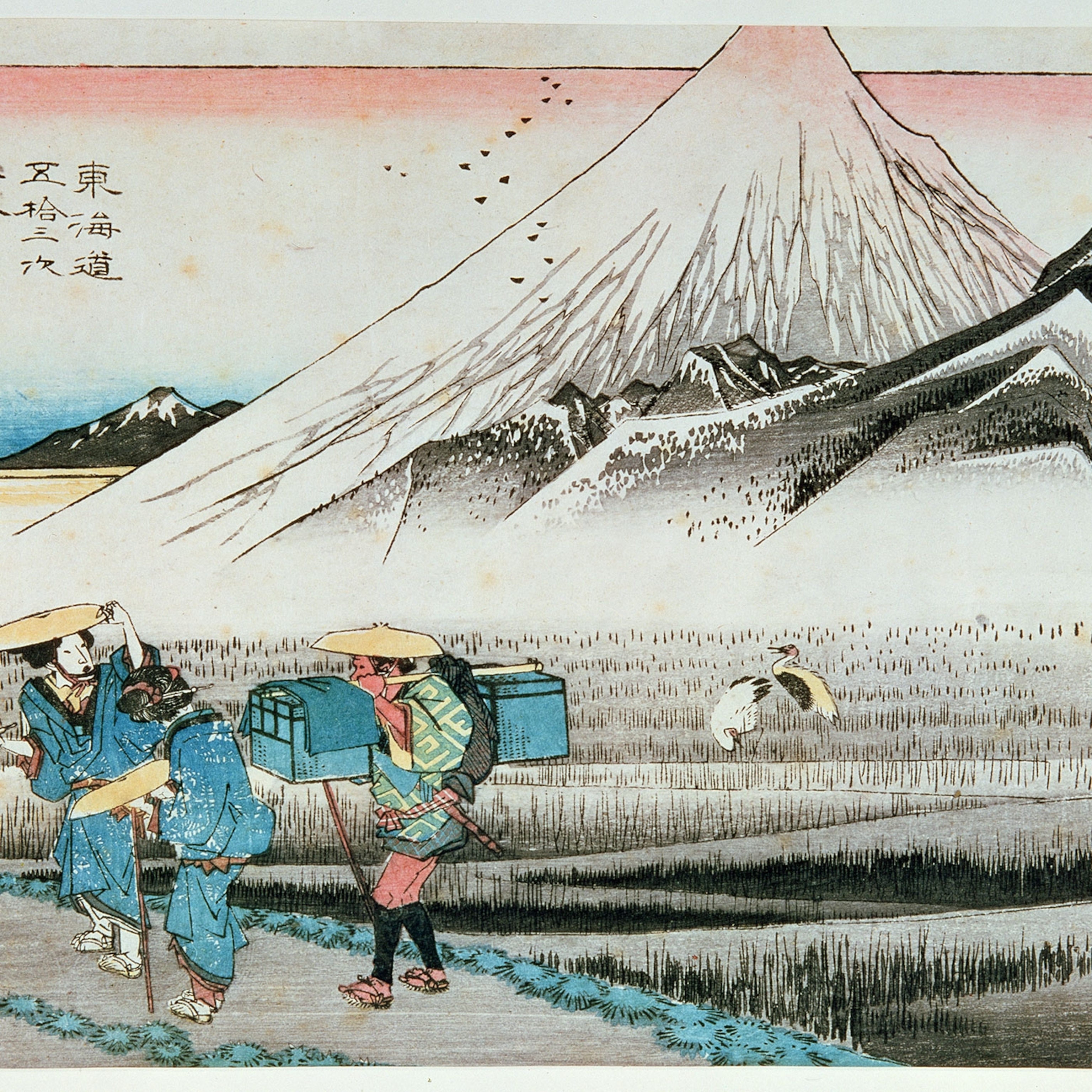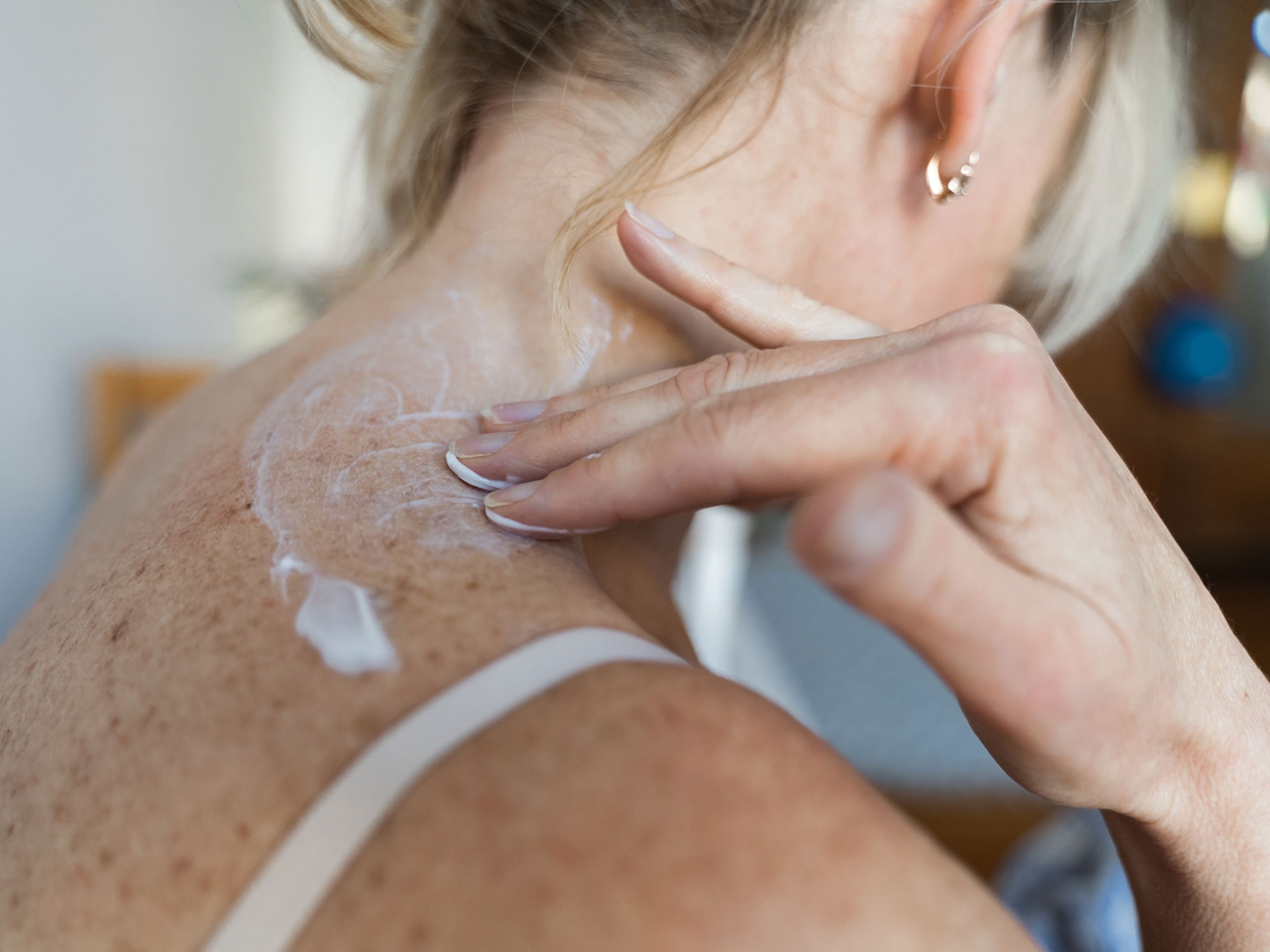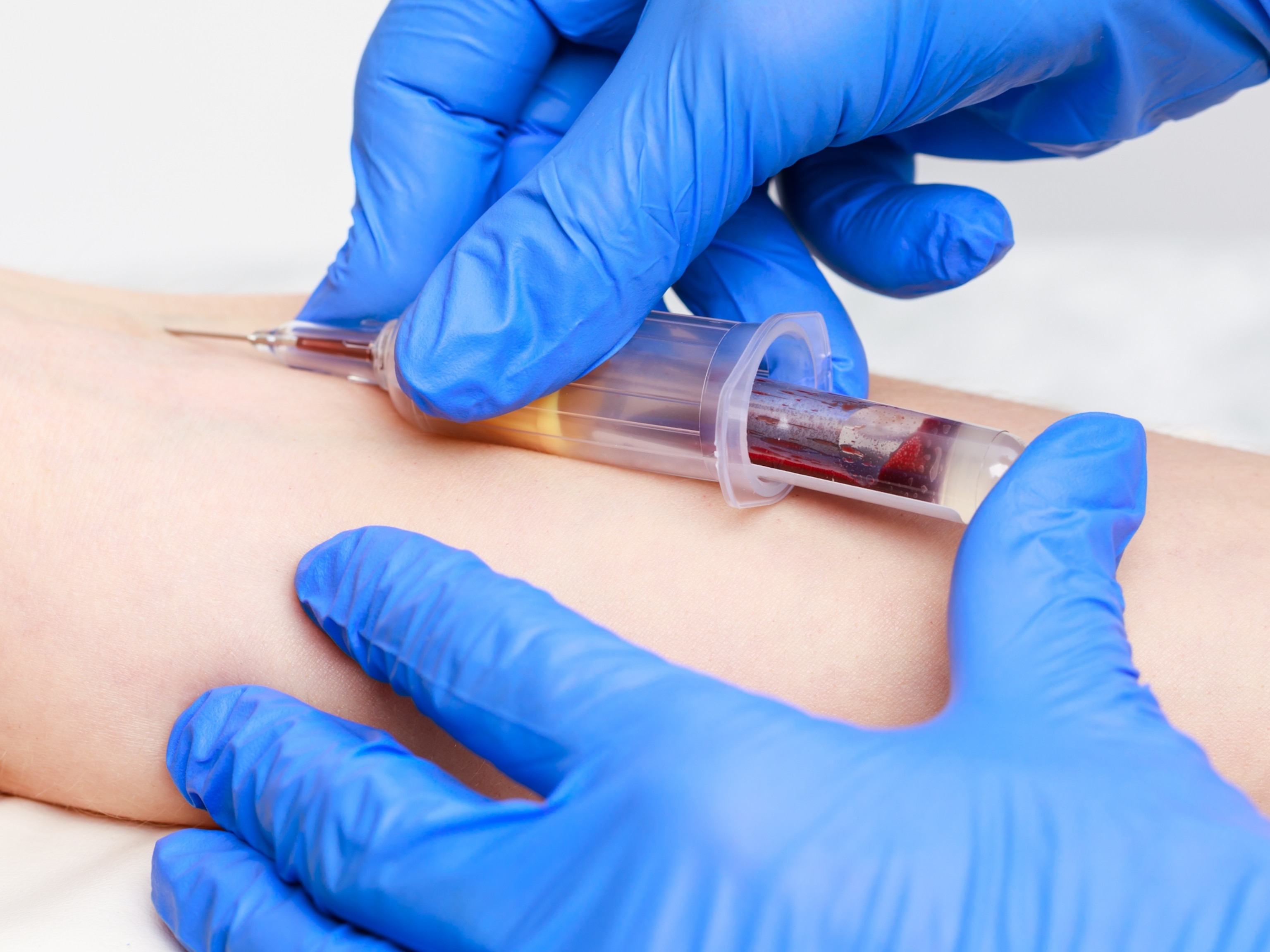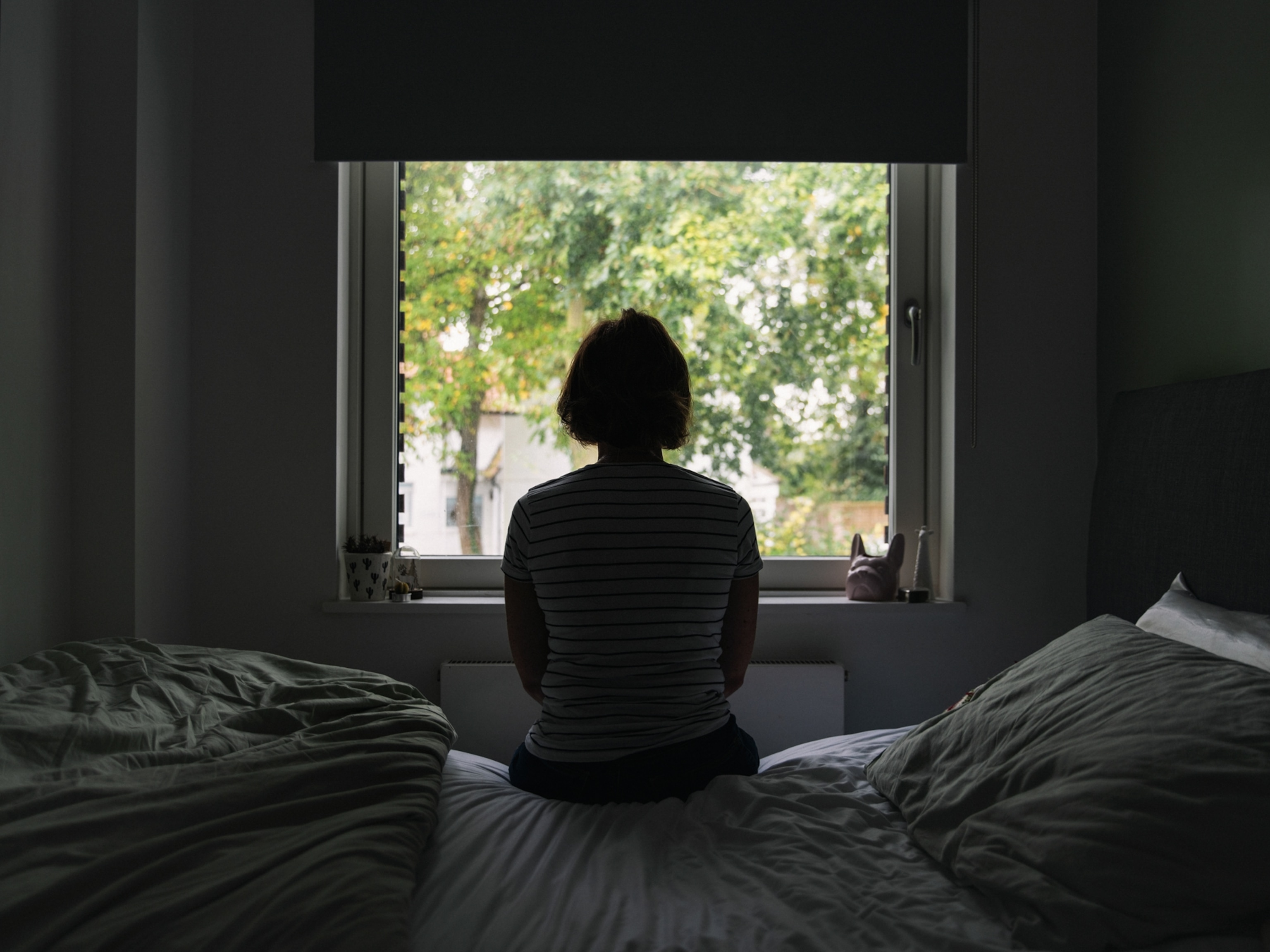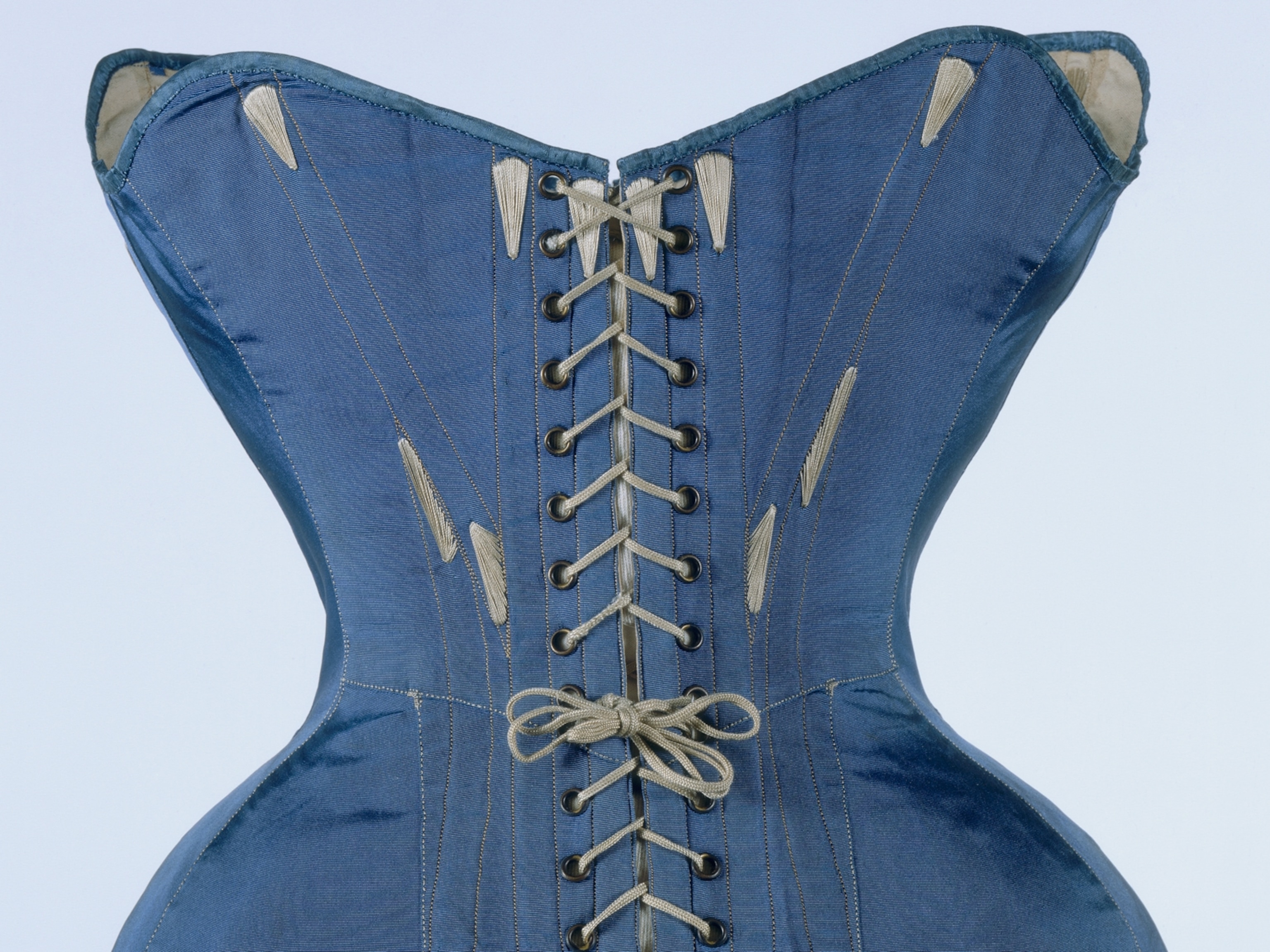
New Hot Pink Hunting Gear Has Women Hunters Seeing Red
Several states are trying to encourage women to hunt by legalizing blaze pink gear. Is this inviting or insulting?
Wisconsin deer hunters will be fashion trailblazers this fall: The state recently became the first to legalize blaze pink hunting gear. Most states require that all hunters wear blaze orange, also known as hunter orange, during deer hunting season to maximize their visibility to fellow hunters wielding firearms. Lawmakers say that approving blaze pink is an effort to provide hunters with another safe color option—and to recruit more women into hunting.
Advocates for women hunters, though, say the pink agenda is misguided and even insulting. Women who hunt do so for food, fun, or empowerment—not because of fashion. Sarah Ingle, president of the Women’s Hunting and Sporting Association in Wisconsin, says, “We felt like it was demeaning to us.”
Colorado, New York, Minnesota and Louisiana are also considering bills to allow blaze pink as a legal hunting color to encourage more people to hunt. The number of people participating in hunting or fishing declined from 40 million in 1991 to 37 million in 2011, while the U.S. population increased by about 24 percent over the same period. In many areas, deer have become so abundant that they’re damaging ecosystems, filtering into urban areas, and causing car accidents that kill about 200 people in the United States per year. Hunting is still primarily a male-dominated sport, and women make up only 11 percent of the demographic, according to Census Bureau statistics.
“I feel that the legislation should have taken a deeper look into why the sport was declining,” says Ingle. “We felt that the bill’s authors missed an opportunity to ask women who are active with hunting what they felt other women needed to attempt the sport if they were feeling hesitant.”
“I really applaud them for trying to do something to promote women in the outdoors and elicit new hunters. Honest to God, high five, man,” says Carrie Zylka, an avid hunter who created the only female-hosted hunting podcast, called Hunt, Fish, Travel. “However, I think that the money invested would have been better placed in some of the outdoor programs like Being an Outdoors Woman, because, realistically, blaze pink or blaze orange, it really doesn’t matter.”
Will blaze pink entice more women to pick up a rifle and head to the woods this fall, or will it create yet another barrier that they have to overcome to become part of a male-dominated sport?
Zylka believes that blaze pink will hinder more women than help. She worries that jokes about blaze pink “will make a new hunter who has zero self confidence in themselves say ‘Well, I don’t want pink because I don’t want anyone making fun of me.’”
Kirstie Pike, founder of Próis, the only technical gear company created specifically for female hunters, feels that pink clothing cheapens the sport. She says, “It’s like putting clothing out in baby blue and saying that men are going to hunt now. Women get into hunting for the sake of hunting, not color.” She doesn’t think pink is going to make a woman who wasn’t going to hunt before suddenly change her mind because she won’t have to wear orange—and she’s irritated that state legislators think it would.
You May Also Like
Colorado state Senator Kerry Donovan (D-Vail), who is a hunter, proposed a similar blaze pink bill in her own state. She feels that the passage of Wisconsin’s law is a positive step. “It sends a message that women are a part of the hunting community as much as men are,” says Donovan. “We’ve seen the color pink utilized by different groups at different times to show that women are part of the conversation and to send a signal that women belong.”
Last week, Colorado’s blaze pink bill (SB-68) passed the state House with a 58-5 vote, and Gov. John Hickenlooper is expected to sign the final measure. This will make Colorado the second state to legalize blaze pink for hunting. Donovan notes the economic gain for small businesses that will outfit women – and possibly men—in this new hunting color.
Pike, on the other hand, doesn’t believe that the market is worth it and says that Próis doesn’t make pink clothing and won’t change that even once it becomes Colorado state law. She says, “If it went nationwide, I still wouldn’t do pink. I don’t do it now. It just doesn’t make sense.”
New York, Minnesota and Louisiana appear to be next in line to legalize blaze pink. Sen. Patty Ritchie (R-St. Lawrence) introduced S6863 this month, which would allow teenage hunters and their adult mentors in New York to wear florescent pink during hunting season. Five Republican representatives in Minnesota introduced HB 3208, which modifies current hunting requirements to allow blaze pink statewide. Rep. Malinda White (D-District 75) announced Louisiana’s intention to legalize blaze pink (HB 179) late last week.
Blaze pink does seem to be just as safe or safer than blaze orange. Majid Samadi, a textile science professor at the University of Wisconsin-Madison, studied the two hunting hues and says, “Pink is more visible when contrasted with green as well as when contrasted with fall colors.”
So is this the start of a national shift?
State Representative Joel Kleefisch (R-Oconomowoc), who was one of the legislators behind the Wisconsin bill, believes that other states will follow Wisconsin’s lead. He says, “I have no doubt that it has the possibility of becoming a national trend. The color pink is not only an extremely pleasant color, it also signifies many other worthwhile causes so many of us support and if we can give folks a choice without costing tax payers a dime, why wouldn’t we do that?”
Yet Zylka remains skeptical. “I don’t see it catching on or spreading like ‘Wow, Wisconsin, way to be a trendsetter. Now they have 6,000 more female hunters.’ Let’s be realistic here.”
Kristen A. Schmitt writes about wildlife, sustainable agriculture, and the outdoors. Follow her on Twitter.


